Nov. 12, 2013
Thomas Edison
Categories:
Collection Highlights
Today we’re highlighting a recent addition to Ohioana’s collection: Edison and the Rise of Innovation by Leonard DeGraaf. The author is an archivist at the Thomas Edison National Historic Park, and it shows; almost every spread contains images such as family photographs, Edison’s homes and laboratories, advertising ephemera, correspondence, and pages from Edison’s notebooks. Edison was born in Milan, Ohio, ... Read More
